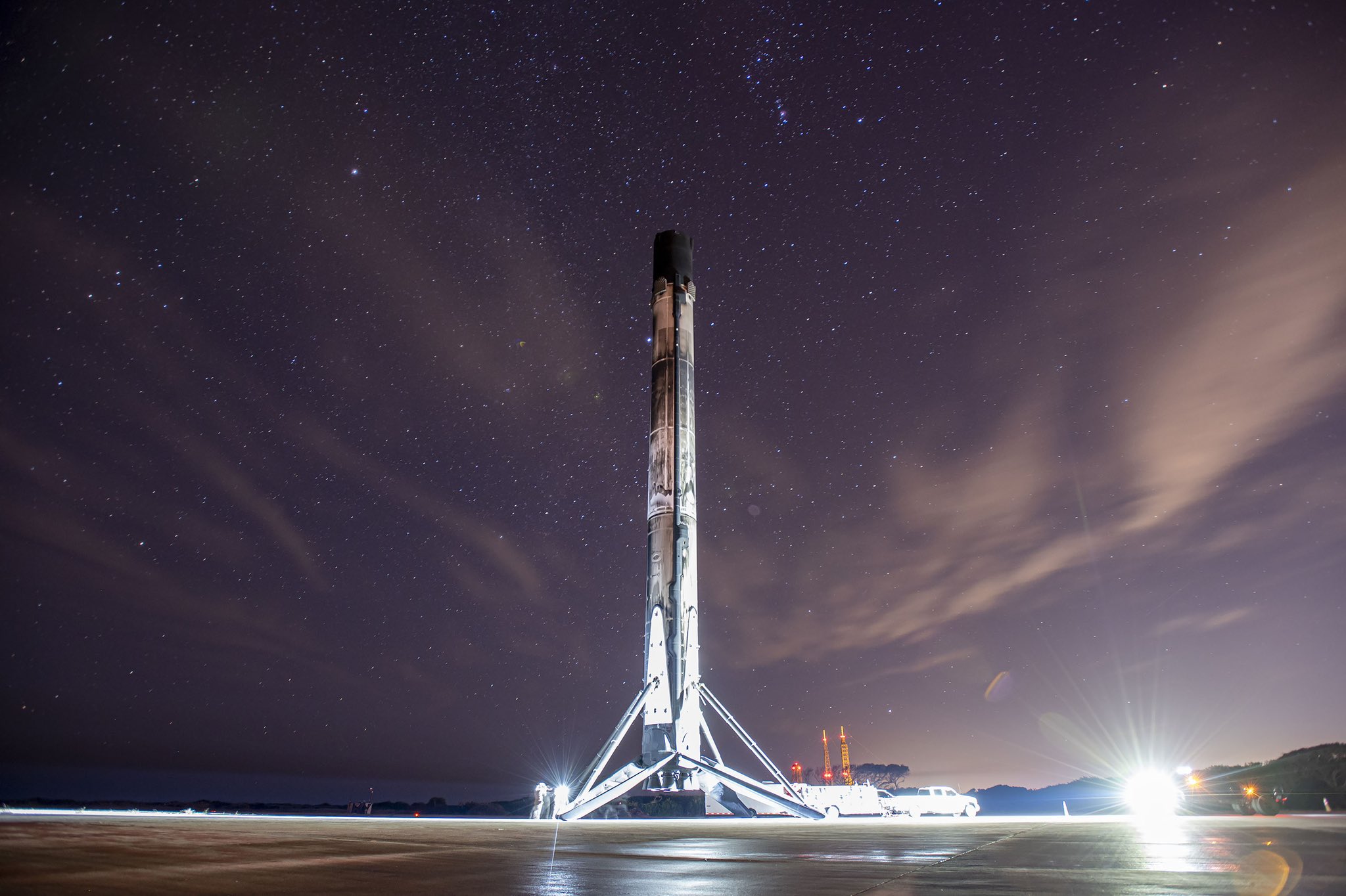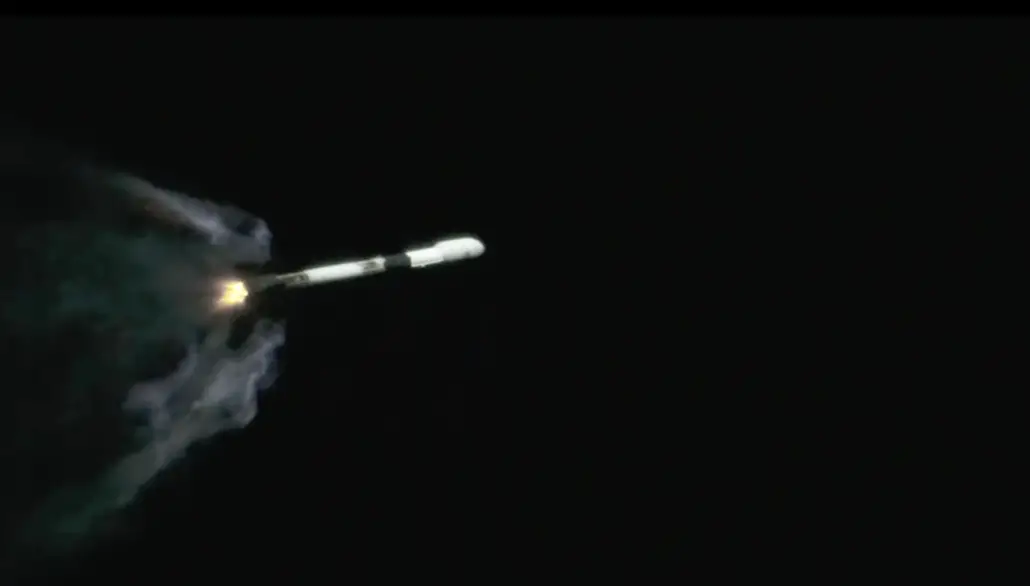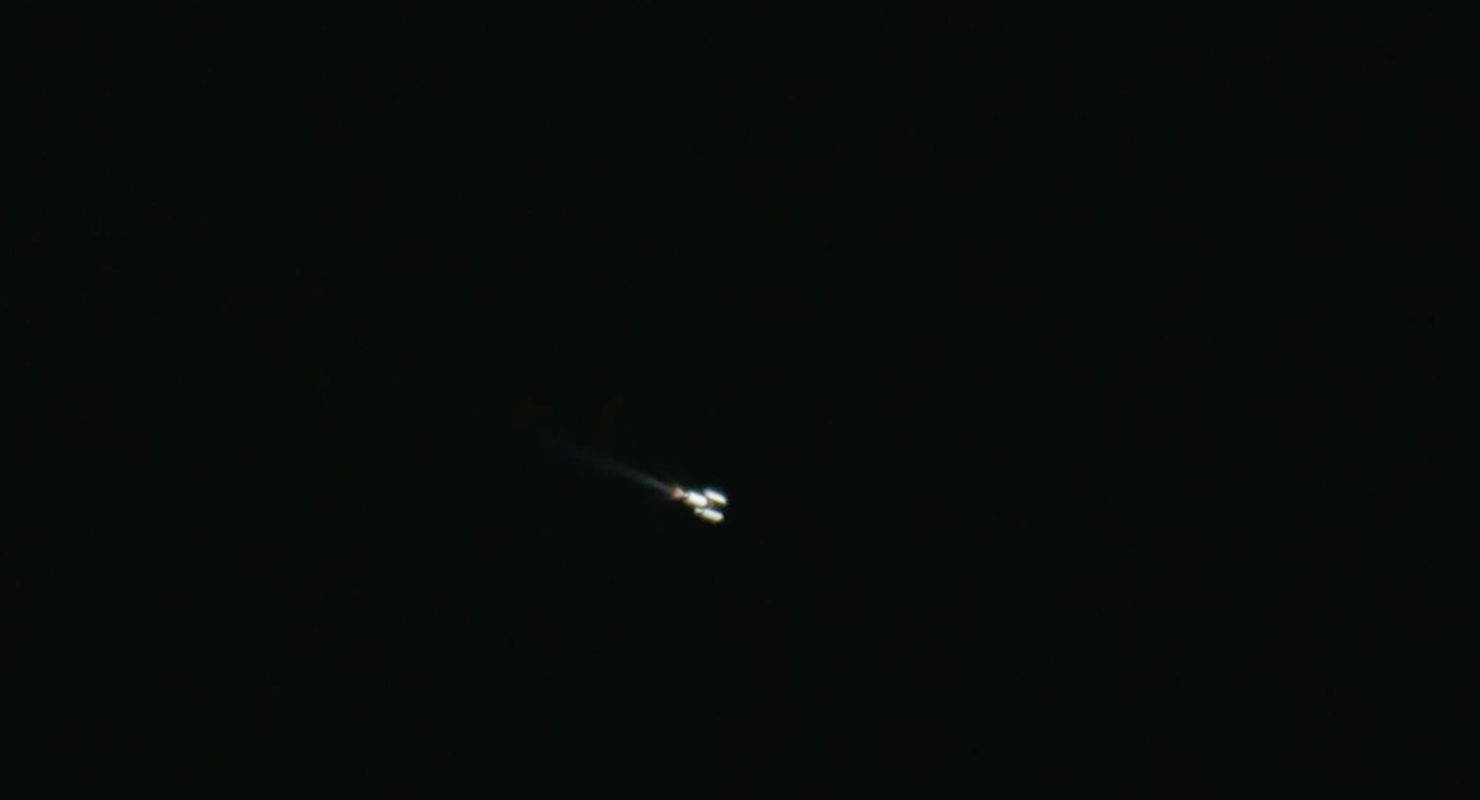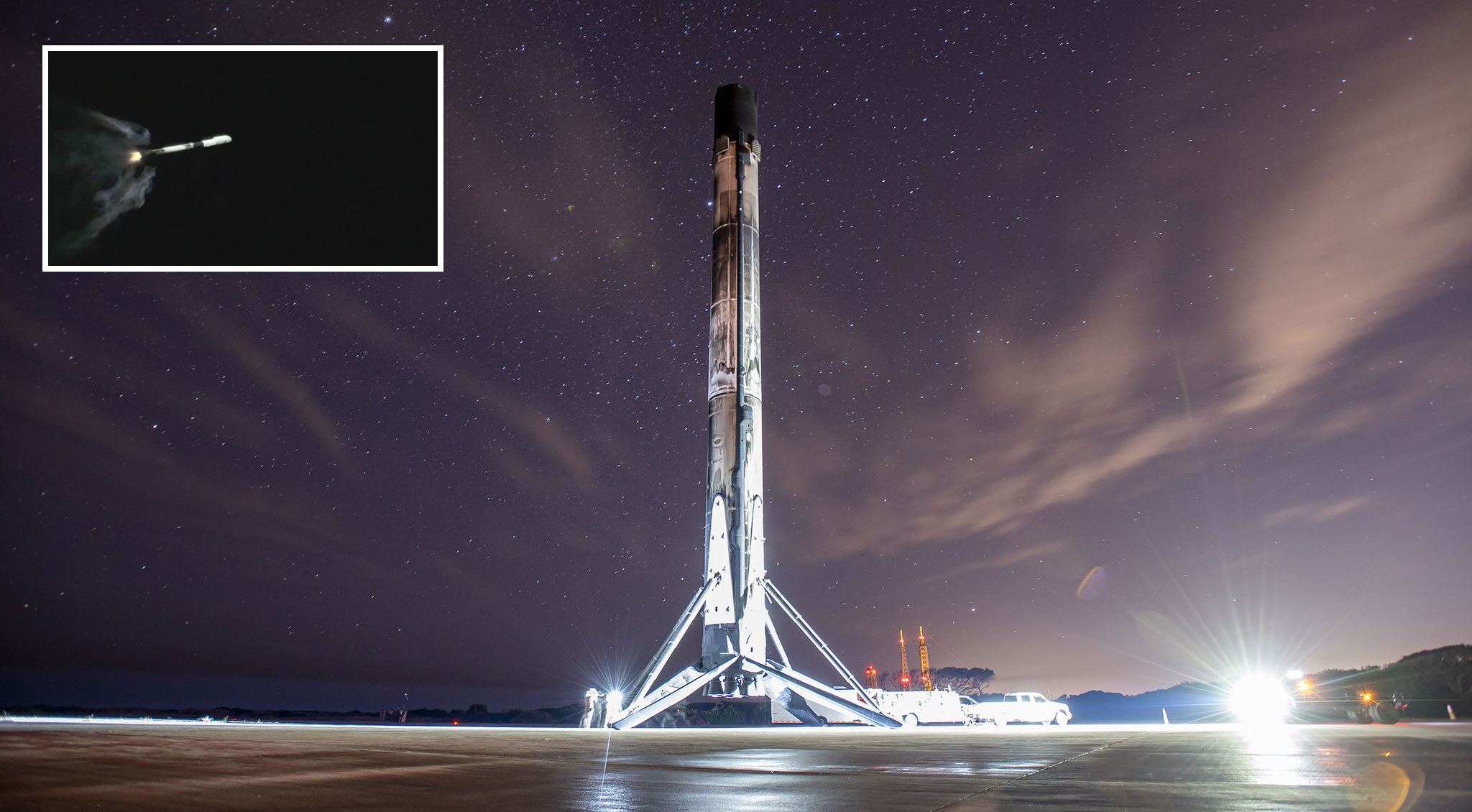Falcon 9 rocket video has been released by the Space Exploration Technologies Corporation (SpaceX). Filmed during an Italian Space Agency contract with SpaceX, the COSMO-SkyMed Earth observation satellite was successfully launched.
SpaceX’s Falcon 9 first stage rocket landed on land, rather than its usual sea-based platforms, making this a unique opportunity to record color and high-definition photos of the Falcon 9’s two stages separating during flight.

Falcon 9 Separates Mid-Flight In SpaceX Video, Traveling Faster Than A Bullet
There is no other public or commercial company in the world that is able to land the first stage rockets of a medium-lift launch vehicle like SpaceX.
NASA defines a medium-lift rocket as one that can transport between 5 and 20 tonnes of cargo to orbit, while the Falcon 9 can deliver up to 22.8 tonnes according to its newest specs.
After a few re-flights, the Falcon 9 is one of the most affordable rockets in the world. Since SpaceX can save so much money on the construction of a rocket by landing the first stage booster on the ground, this is the case.
For a Falcon 9 launch that reuses its first stage, Mr. Elon Musk’s pronouncements have indicated that the majority of the expenses are those for the second or upper stage, which cannot land.

The first stage of the rocket’s flight is primarily responsible for accelerating the cargo into space and away from Earth’s atmosphere.
As soon as the main engines of the Falcon 9 have shut down, the first stage separates from the rocket and returns to Earth at a speed of at least 5,000 kilometers per hour.
As soon as the first stage has separated from the second stage and is no longer in danger, it turns around and points its engines in the direction of its intended landing location. After this, the Merlin engines of the half-rocket are re-ignited in order to bring it down safely.
The Merlin vacuum engine of the second stage, which can be seen on the right above, is subsequently ignited to finish the rest of the voyage. The number of times this engine shuts down and restarts depends on the trajectory of its cargo. More thrust is generally needed for payloads with destinations that are higher in altitude.
For the first time ever, the full launch process has been caught in color, giving us a close-up look at what happens in the sky after the Falcons lift off.

The Merlin engine on the second stage was successfully started and the payload fairings on the second stage parted shortly thereafter, as seen in the image above. The shell that surrounds a payload is referred to as the payload fairing in the space industry, and both occurrences are plainly apparent in the film.
The Italian government has financed the Cosmo SkyMed, an Earth observation satellite system designed for both civilian and military use. It stands for “COnstellation of tiny Satellites for the Mediterranean basin Observation.” Thales Alenia Space, a French-Italian aerospace company, produced the satellites, which each weigh about four tonnes.
Earlier this year, a Russian Soyuz rocket successfully launched the first of four satellites from a SpaceX Falcon 9 rocket. The latter two are slated to be carried by the ISA and Ariannespace’s Vega-C rockets, respectively.

The whole video from SpaceX can be seen here:
Source: Wccftech

